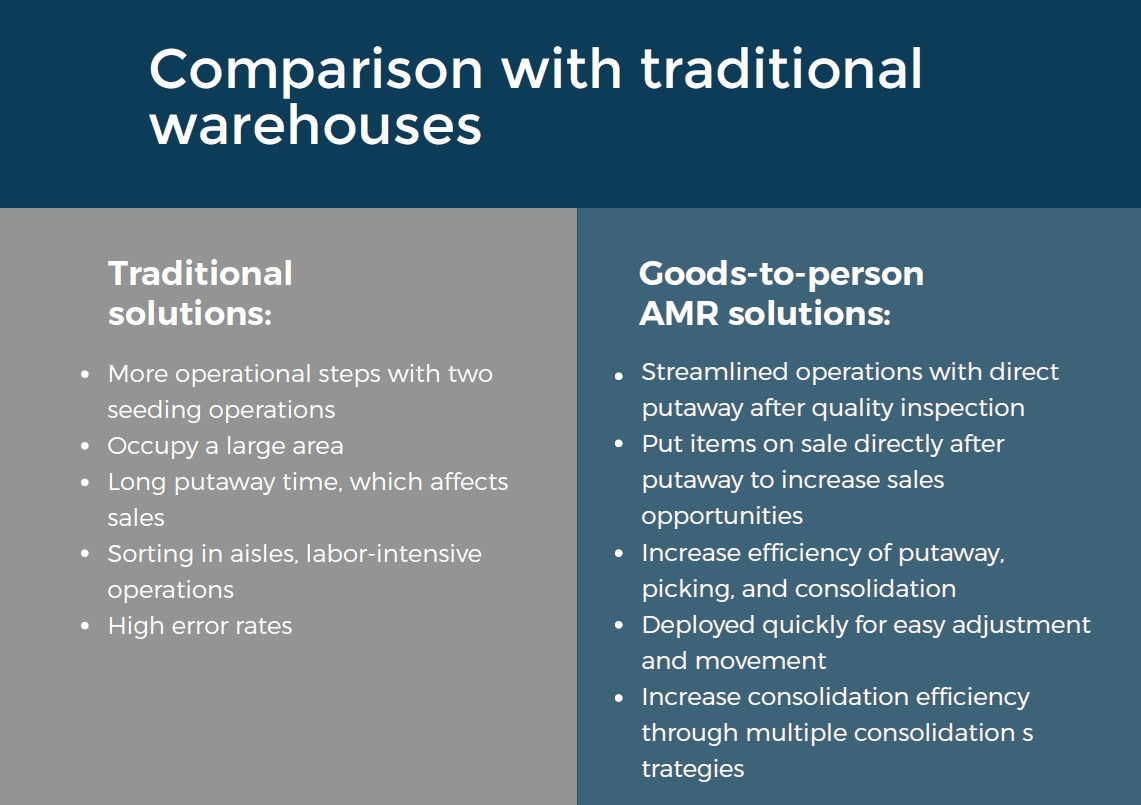3 Incredible Ways Automation is Revolutionizing Retail in 2022
"Automation will reshape retail business models and the broader value chain, creating organizations with fewer layers and a better trained and trusted workforce empowered by real-time data and analytics. The winners in the sector will be those who understand these implications and act quickly to address them." - Mckinsey & Co.

Automation and robotics are essential components of efficiency in retail. These advancements are a primary cause of an advancing e-commerce market.
Every company seeks to improve its operations, save on valuable resources, and meet consumer expectations— regardless of the various challenges today’s global issues may pose. Here are three ways robotics and hi-tech automation are helping to prepare retail companies for any challenges that may be ahead.
1) Automation is Revolutionizing Brick and Mortar
Automation can do many things for retail, like in the case of automated planograms, for example. Automated product placement in stores can help improve the overall customer experience. Automation in retail can help increase sales and efficiency, among other benefits such as reducing waste and reduced labor costs.
The Association for Advancing Automation lists a few areas where automation and robotics are transforming the retail industry:
- -Security and loss patrol
- -Point of sale
- -Customer engagement and entertainment
- -Inventory management
- -Cleaning
- -Traffic measuring
- -Facial recognition and loyalty.
Most of the benefits outlined by A3 are in regards to retail brick and mortar. But the high efficiency highlighted in physical locations can also be applied to e-commerce and warehouse fulfillment.
To get a glimpse at what the future of AI has in store for retail, look no further than Amazon Go:
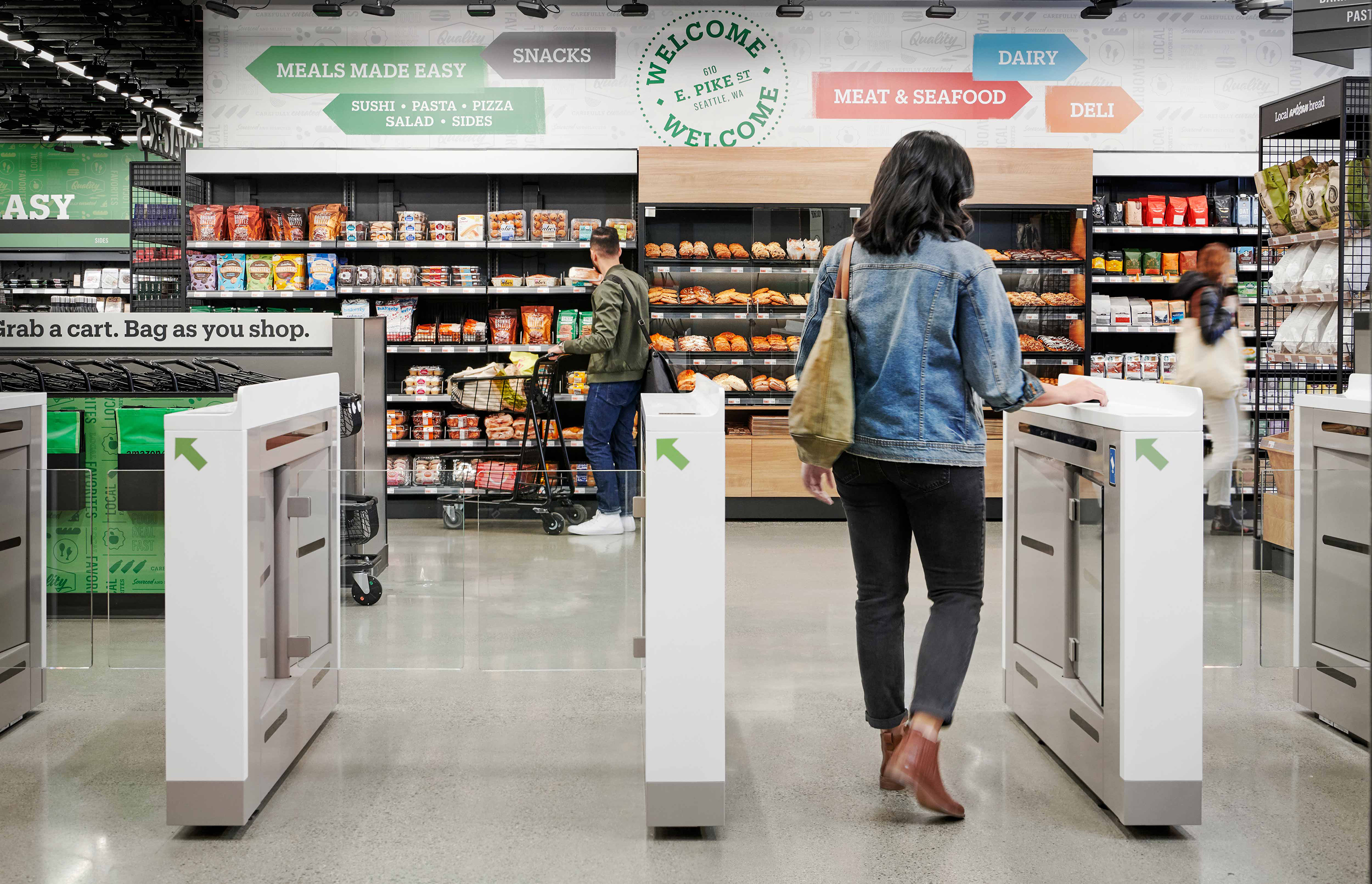
“Amazon Go, the automated grocery store with no cashiers or checkout lines, opened to the public on Monday in Seattle. The store, which uses artificial intelligence (AI) to streamline the shopping process, could have a major impact on the future of retail jobs…. The technology behind this experience is called Just Walk Out, according to the Amazon Go website. Just Walk Out is built with computer vision, sensor fusion, and deep learning tools that detect what items have been picked up by what customers and makes the appropriate charges.”- Amazon Go launches: The automated retail revolution begins.
If you want to learn more about how Geek+ transformed Decathlon's warehouse in only 1 month, Download this case study whitepaper:
2) AMRs Help Surpass Consumer Demands
A vital component of a successful retail business model is to efficiently move goods to and from stores. Consumers today demand the option to return items at their convenience and expect items to always be available at the store. Retailers without a robust logistics operation will be unable to satisfy consumer demand.
Autonomous mobile robots (AMRs) in warehouses bring major efficiencies to retail markets. AMRs ensure the quick and accurate flow of goods within the warehouse, which is critical for managing the flow of reverse logistics and prompt delivery to stores and residential areas.

"The accuracy, efficiency, and productivity that AMRs deliver can have reverberations throughout the whole organization. Retailers that can cut operational costs while improving service are better positioned to compete with the rapid rise of e-commerce." - How Robots are Transforming the Retail Industry
Furthermore, logistics specialists and executives will be interested in the rise of technology that can replace or augment manual tasks. Last-mile delivery will become a top priority. (In a product's journey from warehouse shelf to the back of a truck, to customer doorstep, the "last mile" of delivery is the final step of the process — the point at which the package finally arrives at the buyer's door. -Insider)
The demand for last-mile delivery will be driven by customers' expectations. Last-mile logistics are essential to ensure customers receive the products they want quickly and that they are available on their schedule. As a result, retailers must improve their ability to meet these needs. Green logistics will also be prominent in retail trends 2022.
“The warehouse is a crucial component of supply chains, and in order to maximize the operating efficiency of warehouses, automated solutions can be employed. The deployment of intelligent robots can aid in automating labor-intensive processes and prevent stock damage caused by the manual handling of goods.
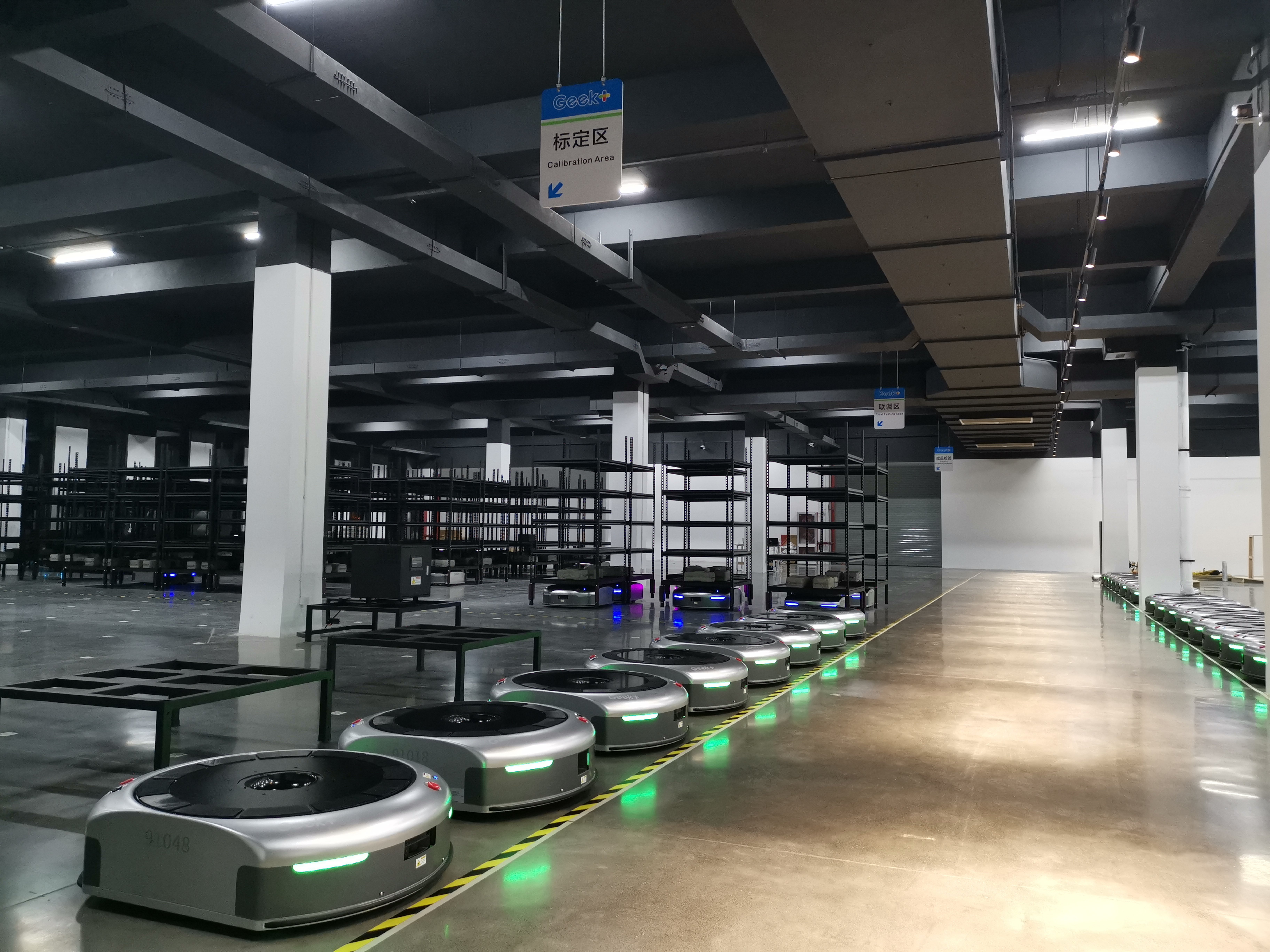
Bar-coding and radio frequency identification (RFID) are largely digital approaches that can also reduce paper consumption and thereby lend a hand to environmental sustainability. Automated solutions can help scale down goods movement within the warehouse through a combination of good storage location management and optimized picking plans. Overall, this can help improve stock management and even reverse logistics processes, so as to achieve financial and business management sustainability benefits in the long run.” - Geek+
Geek+ has partnered with London-based publisher and consulting firm STIQ (Styleintelligence) to publish an AGV and AMR Robotics report in 2021. Download the report for catching up on the latest automation trend:
3) Automation Improves the Human Experience
Businesses need to be agile. The time that employees can devote to customer service in traditional retail outlets is limited. With automation, retail companies can focus on more criti1cal aspects, such as sales and customer satisfaction. Automation can allow companies to serve more customers and sell more products, thanks to virtual channels that are accessible 24/7. In addition, automation will enable companies to respond to customers ' requests quickly.
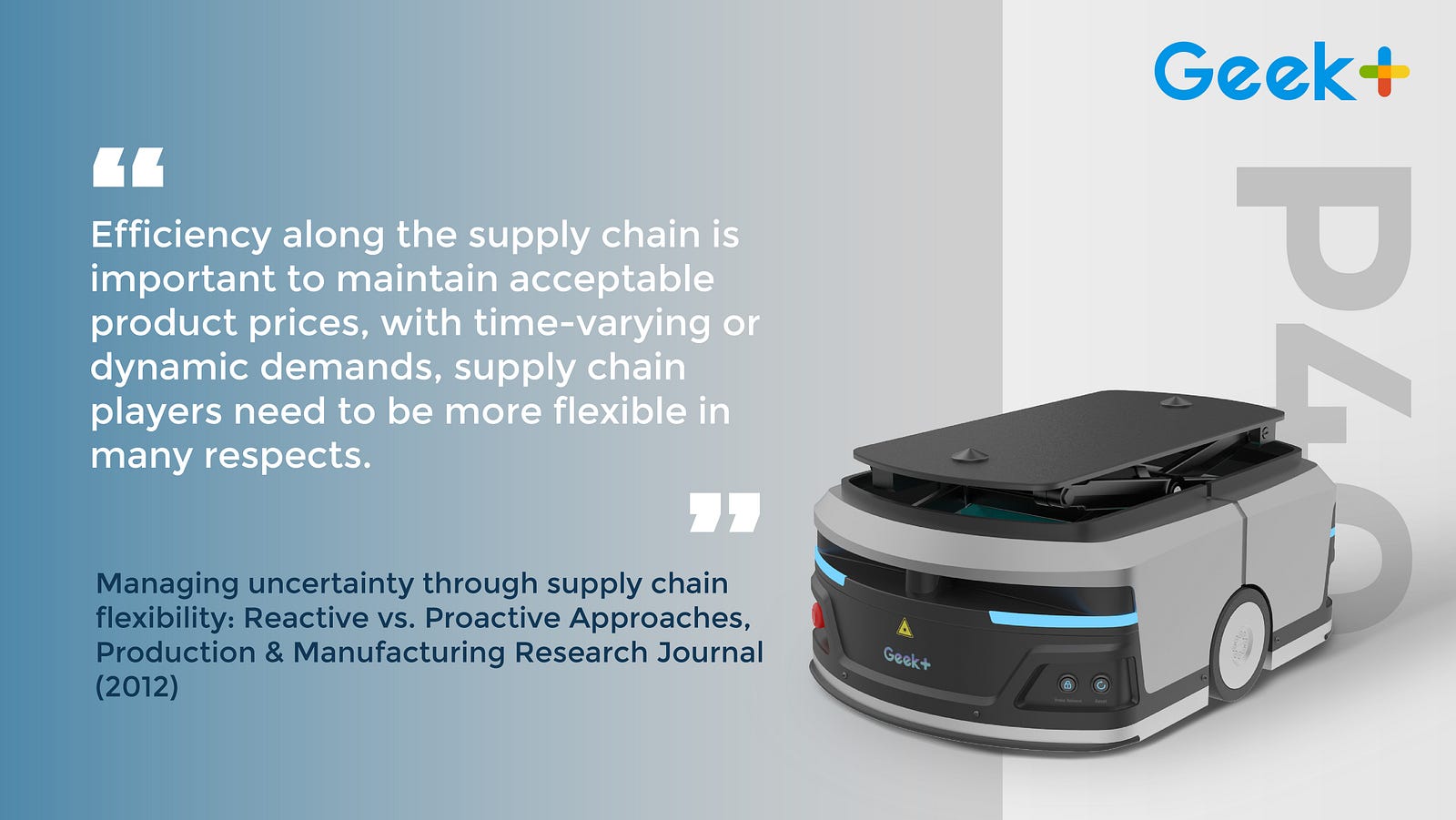
"Efficiency along the supply chain is important to maintain acceptable product prices, but the flexibility to deal with time-varying or dynamic demands could be even more important nowadays. With the high probability that customers will suddenly increase, reduce, cancel, or move forward or backward their orders, supply chain players need to be more flexible in many respects." -Managing uncertainty through supply chain flexibility: reactive vs. proactive approaches. Production & Manufacturing Research journal (2012)."
The manual process of traditional companies limits productivity, resulting in lower production rates. Automated business operations allow for a drastic increase in productivity. Automated processes are more scalable than manual ones. While traditional businesses depend on the speed of human workers, the efficiency of an automated retail environment will be much higher.
Automation can increase collaboration among departments. By automating alerts and real-time monitoring of customer preferences, retailers can easily adjust inventory, manufacturing, and pricing. This helps decrease unnecessary expenditure while optimizing the use of inventory. The result?: In the end, customers will pay less for the products they want most.
Automating retail operations can increase efficiency and improve customer experiences; it can streamline repetitive tasks and increase efficiency. Automation powered by robotics can help reduce costs, increase customer satisfaction and improve labor productivity. Automation is essential in retail.
In Conclusion:
Automation can make warehouses more productive. Automating manual tasks can increase worker safety and make it more profitable. An automated workforce means less paperwork and more time. An automated workforce can assist employees with dangerous tasks while also ensuring the smooth operation of warehouses.
Automated systems are also able to improve customer service. This technology is enabling retailers to be more productive. Automating all your processes can make them more efficient. These systems also automate many other tasks, such as backroom unloading and data collection. Automation will make the most of each dollar every step of the way. The key to automation in the retail industry is using detailed consumer data.
"The year-end shopping season brings not only high sales volumes but also more returns. The apparel industry faces massive seasonal fluctuations in inventory and often higher return rates than other sectors, leading to greater storage pressure for businesses. Geek+, the global leader in AMR, has the solutions to tackle this problem. This solution fits into a multi-process apparel warehouse or can be used as a standalone solution." - Geek+
-Automated order management and fulfillment will be increasingly important for retailers who want a streamlined, easy return process. Traditional systems could only handle basic functions, and it took a lot more time. Today, modern logistic and automation systems can manage larger volumes of returns.
-Keeping resources flowing is critical for the success of the business. Stagnant resources can result in delayed deliveries and strained relationships with partner businesses. In the future, addressing staff retention and recruitment will be an important theme.
-Companies will be pushed to improve their supply chain to keep up with the Amazon Effect. More supply chain executives will turn to expert logistic providers to manage every aspect of order fulfillment.
You'll need to implement automation and robotics in your companies' operations. It may seem challenging at first; that's why you'll need the best robotics specialists in the industry to aid you in installing and scaling your solutions. Thankfully the Geek+ Experience is adaptable and flexible for virtually any company's floor-plan.
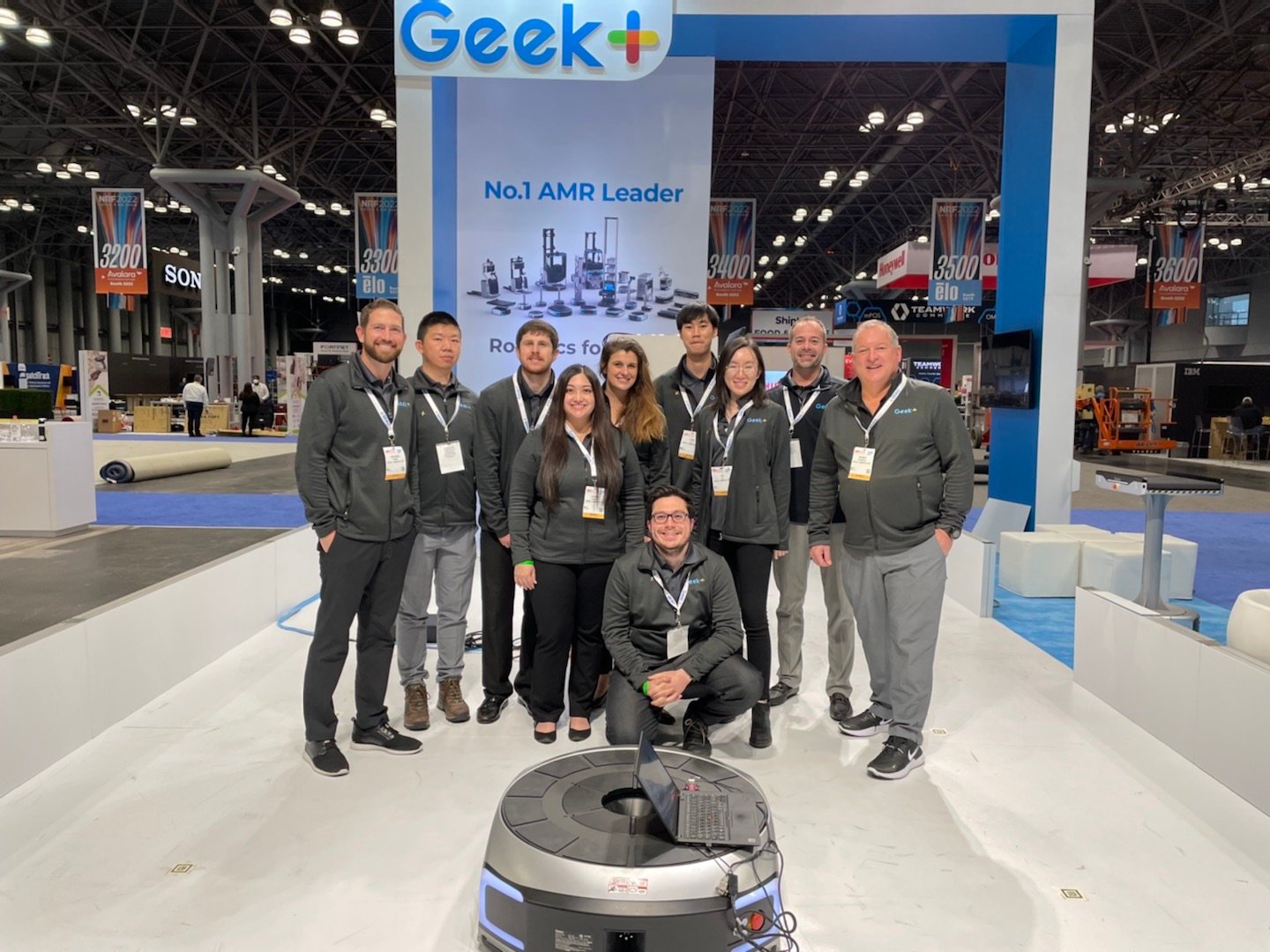
Follow us on Linkedin to never miss the latest in Geek+ community news



